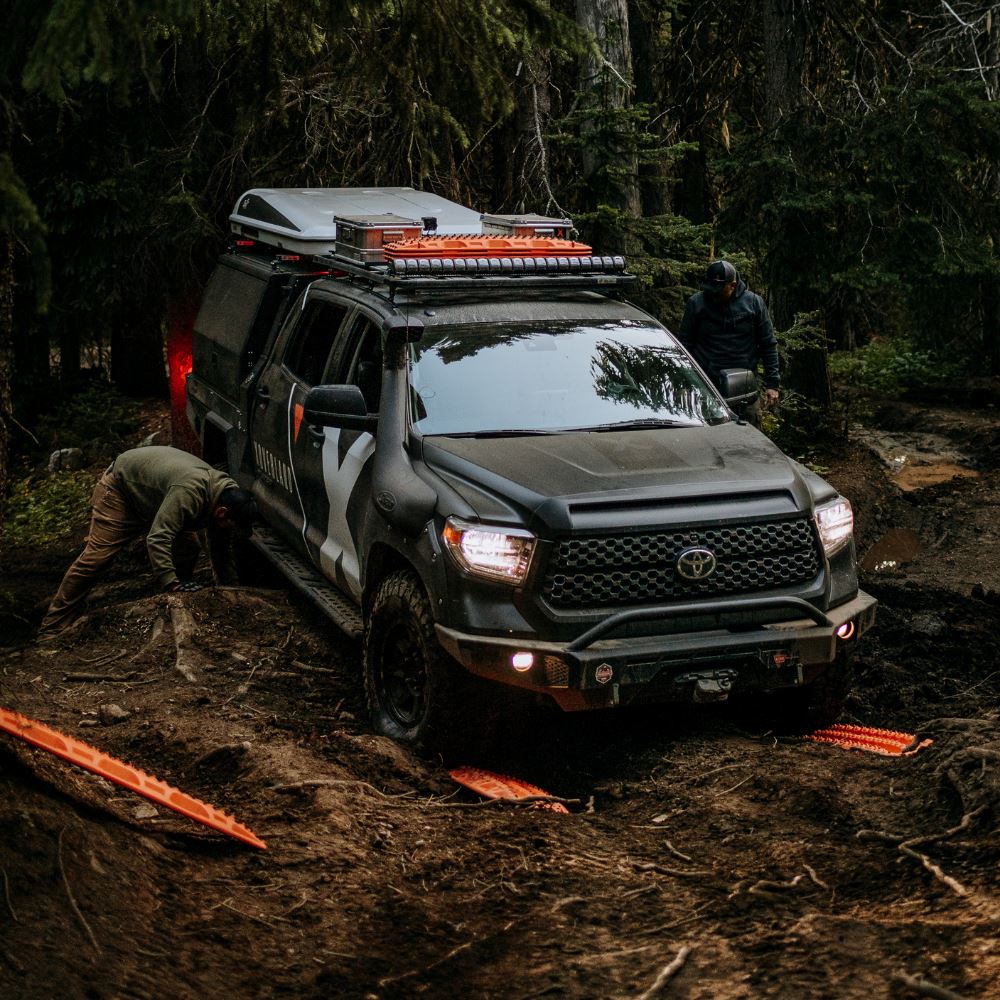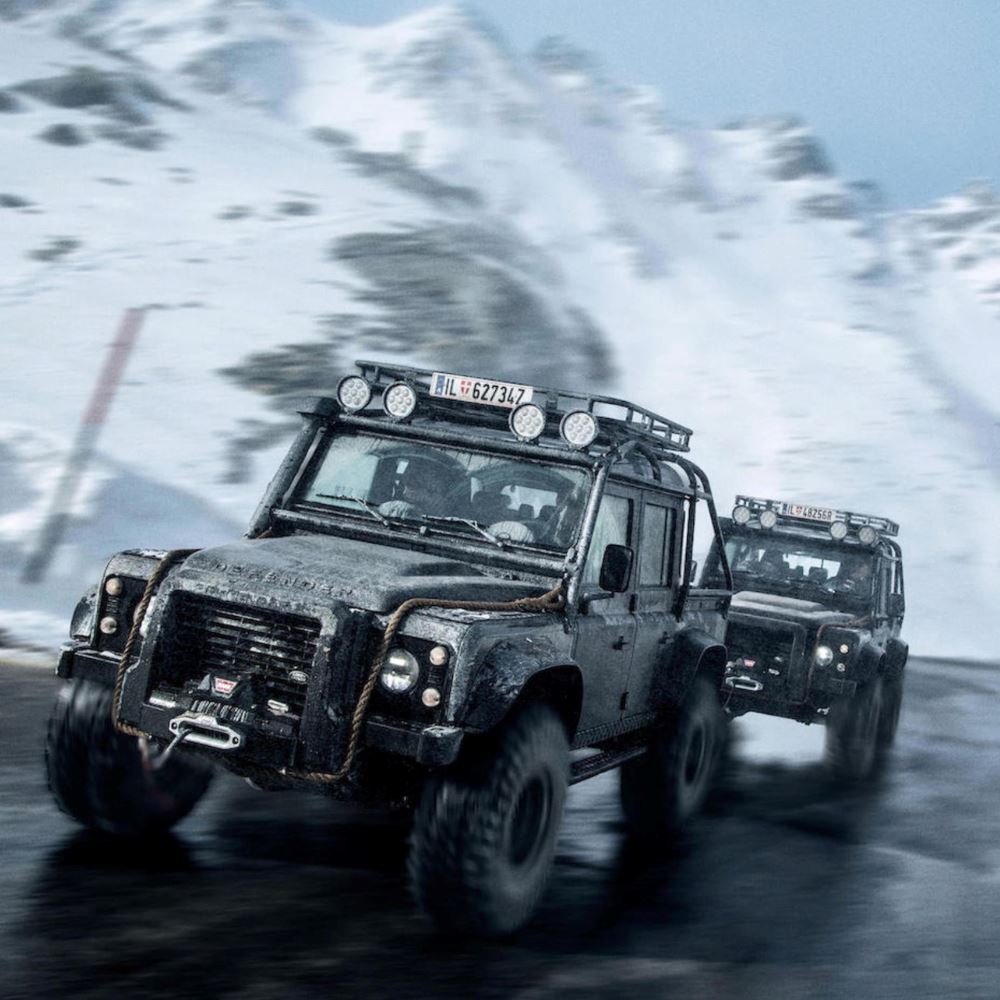It was the kind of thing you'd see in a James Bond film, occupied by a villain trying to take over the world. Little did I know that one day I would have the opportunity to see the Logistics Cargo Carrier, or LCC-1, in person on a trip to Tuktoyuktuk and the Arctic Ocean in my own very personal version of the machine I dreamed of as a kid—an EarthRoamer XV-LTS.

However, when I finally laid eyes on the LCC-1 at the Yukon Transportation Museum in Whitehorse, I was surprised to find that it was not quite as I had dreamed it as a child. The Snow Train was an impressive and monstrous 16x16 vehicle with one locomotive and three cars that could carry a load of up to 45 tons. Its towering 10 foot tall wheels and 600-hp diesel engine allowed it to easily traverse the deep snow and conquer any obstacle that lay in its path, the engine roaring as it went. The control cab of the LCC-1 was divided into two sections: a heated driving compartment for the crew of three at the front, and a rear section containing the engine, generators, and fuel tanks. The cab also had a powered crane on the back, ready for any heavy lifting that needed to be done. However, the rest of the cars or trailers were just for cargo, not housing an evil lair like I had imagined.

As I stood in front of the LCC-1, I couldn't help but feel a sense of awe and excitement. The cold air stung my face as I reached out to touch the massive vehicle. I had no idea that the Snow Train was located in Whitehorse, and seeing it in person was one of the most surprising and thrilling moments of my trip. This was the very train that had captured my imagination as a child and inspired the dreams of an entire generation. It was a testament to the ingenuity and determination of those who sought to conquer the challenges of transportation in the Arctic.

I learned that after being tested at the factory, the Army took possession of the LCC-1 in March 1956 and underwent further testing in the snow at the TRADCOM proving grounds in Michigan. The Snow Train then set off on its journey, carrying out cargo runs in various locations including Greenland where it served for six years. Along the way, the LCC-1 and its crew encountered a range of obstacles and had exciting adventures that tested their skills and determination. They braved blizzards, navigated frozen rivers, and battled treacherous ice as they carried out their cargo runs across the Arctic.
Despite its impressive capabilities, the LCC-1 was eventually retired and left in a salvage yard in Fairbanks, Alaska. The introduction of helicopters that could carry large loads made the Snow Train irrelevant, and it was no longer needed for transportation in the Arctic. While I understand the decision to retire the Snow Train, I can't help but wish it could be resurrected for a modern-day Arctic expedition. The LCC-1 remains a unique and fascinating piece of history, a reminder of the impact of human technology on even the most challenging environments. As I left the museum, I couldn't help but feel a sense of nostalgia and longing for the adventures that the Arctic Snow Train had experienced, and the ones that it would never have the chance to undertake. Luckily, I was heading North on an adventure of my own, in a go-go-gadget vehicle of my dreams. I guess sometimes it pays to have an imagination as a kid and follow through on your dreams.




